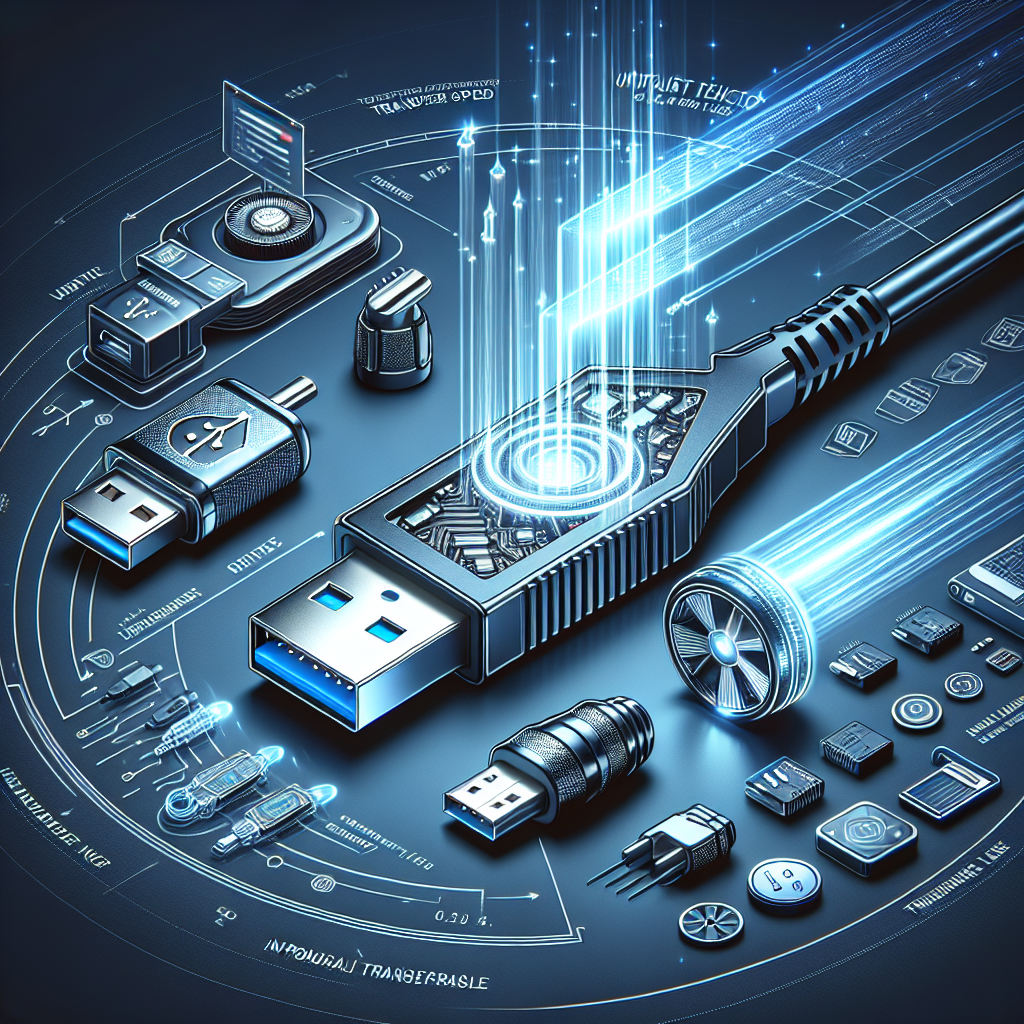Your cart is currently empty!
A Comprehensive Guide to USB 3.0: Features, Compatibility, and Usage

USB 3.0, also known as SuperSpeed USB, is the third major version of the Universal Serial Bus (USB) standard for interfacing computers and electronic devices. With faster data transfer speeds and improved power efficiency, USB 3.0 has become the standard for connecting peripherals to computers. In this comprehensive guide, we will explore the features, compatibility, and usage of USB 3.0.
Features of USB 3.0
One of the key features of USB 3.0 is its improved data transfer speeds. USB 3.0 can transfer data at a rate of up to 5 Gbps, which is ten times faster than the previous USB 2.0 standard. This means that you can transfer large files, such as videos and photos, much faster with USB 3.0.
Another important feature of USB 3.0 is its improved power efficiency. USB 3.0 devices can deliver more power to connected peripherals, which means that you can charge your devices faster and use them for longer periods of time without draining the battery.
Compatibility of USB 3.0
USB 3.0 is backwards compatible with USB 2.0, which means that you can use USB 3.0 devices with USB 2.0 ports and vice versa. However, in order to take full advantage of the faster data transfer speeds of USB 3.0, both the device and the port need to be USB 3.0 compatible.
Most modern computers and laptops come with USB 3.0 ports, but if you have an older device, you may need to purchase a USB 3.0 expansion card in order to use USB 3.0 devices. Additionally, some older USB 3.0 devices may not be compatible with newer USB 3.0 ports, so it is important to check the compatibility of your devices before connecting them.
Usage of USB 3.0
USB 3.0 can be used for a wide range of devices, including external hard drives, flash drives, printers, cameras, and smartphones. With its faster data transfer speeds, USB 3.0 is particularly useful for transferring large files quickly and efficiently.
One common use of USB 3.0 is for external hard drives. With USB 3.0, you can transfer large amounts of data to and from an external hard drive much faster than with USB 2.0. This makes USB 3.0 a popular choice for backing up important files and storing large media libraries.
In conclusion, USB 3.0 offers faster data transfer speeds, improved power efficiency, and compatibility with a wide range of devices. By understanding the features, compatibility, and usage of USB 3.0, you can make the most of this versatile and powerful technology. Whether you are transferring files, charging devices, or connecting peripherals, USB 3.0 is a reliable and efficient choice for all your connectivity needs.

Leave a Reply